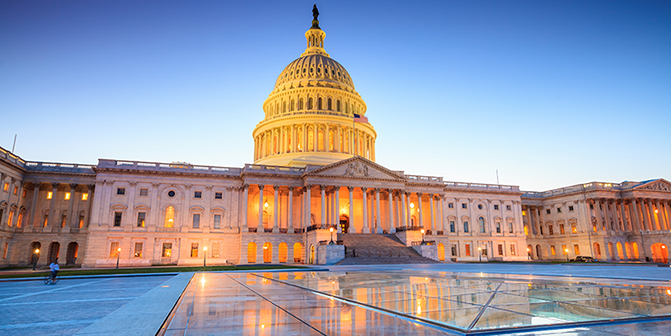S. 1218 – Nexus of Energy and Water for Sustainability (NEWS) Act of 2015

S. 1218 – Nexus of Energy and Water for Sustainability (NEWS) Act of 2015
The Nexus of Energy and Water for Sustainability Act of 2015 (S. 1218), or NEWS Act, was introduced in the U.S. Senate by Sen. Lisa Murkowski (R-Alaska) on May 6, 2015. A similar bill (S. 1971) was originally introduced by Sen. Lisa Murkowski (R-Alaska), co-sponsored by Sen. Ron Wyden (D-Ore.) and other senators, in January 2014. Both Sen. Murkowski and Sen. Wyden are Alliance Honorary Board Members. Most recently, provisions of S. 1218 were included in Section 4101 of S. 2102, the Senate’s comprehensive energy bill.
Summary
This bill would require the Director of the Office of Science and Technology Policy to establish an interagency coordination committee or subcommittee, led by the Departments of Energy and the Interior, that focuses on the nexus between energy and water production, use, and efficiency. The committee would serve as a forum for developing common federal goals and plans on energy-water nexus research, development, and demonstration (RD&D) activities. Twice a year, the committee would issue a strategic plan on energy-water nexus RD&D activity priorities and objectives.
Key Provisions
The committee would promote coordination of federal department and agency activities on energy-water nexus RD&D activities, such as on data collection, management, and dissemination of information. By doing so, the committee would identify and document federal and non-federal programs and funding opportunities that support basic and applied RD&D proposals to advance energy-water nexus related science and technologies. If practicable, the committee would also promote information exchange to leverage existing programs by encouraging joint solicitations, block grants, and matching programs with non-federal entities, as well as to identify opportunities for domestic and international public-private partnerships, innovative financing mechanisms, and information and data exchange.
The committee would not have the authority to set standards. At the end of the ten-year period beginning when the committee is established, the Director would review the activities, relevance, and effectiveness of the committee and recommend whether the committee should continue.
After the President submits the budget of the U.S. Government, the Director of the Office and Management and Budget would submit an interagency budget crosscut report that describes the proposed budget for the upcoming fiscal year, expenditures and obligations for the prior fiscal year, and estimated expenditures and obligations for the current fiscal year for each of the federal agencies that carry out or support basic and applied RD&D activities to advance the energy-water nexus related science and technologies.
STAY EMPOWERED
Help the Alliance advocate for policies to use energy more efficiently – supporting job creation, reduced emissions, and lower costs. Contact your member of Congress.
Energy efficiency is smart, nonpartisan, and practical. So are we. Our strength comes from an unparalleled group of Alliance Associates working collaboratively under the Alliance umbrella to pave the way for energy efficiency gains.
The power of efficiency is in your hands. Supporting the Alliance means supporting a vision for using energy more productively to achieve economic growth, a cleaner environment, and greater energy security, affordability, and reliability.



